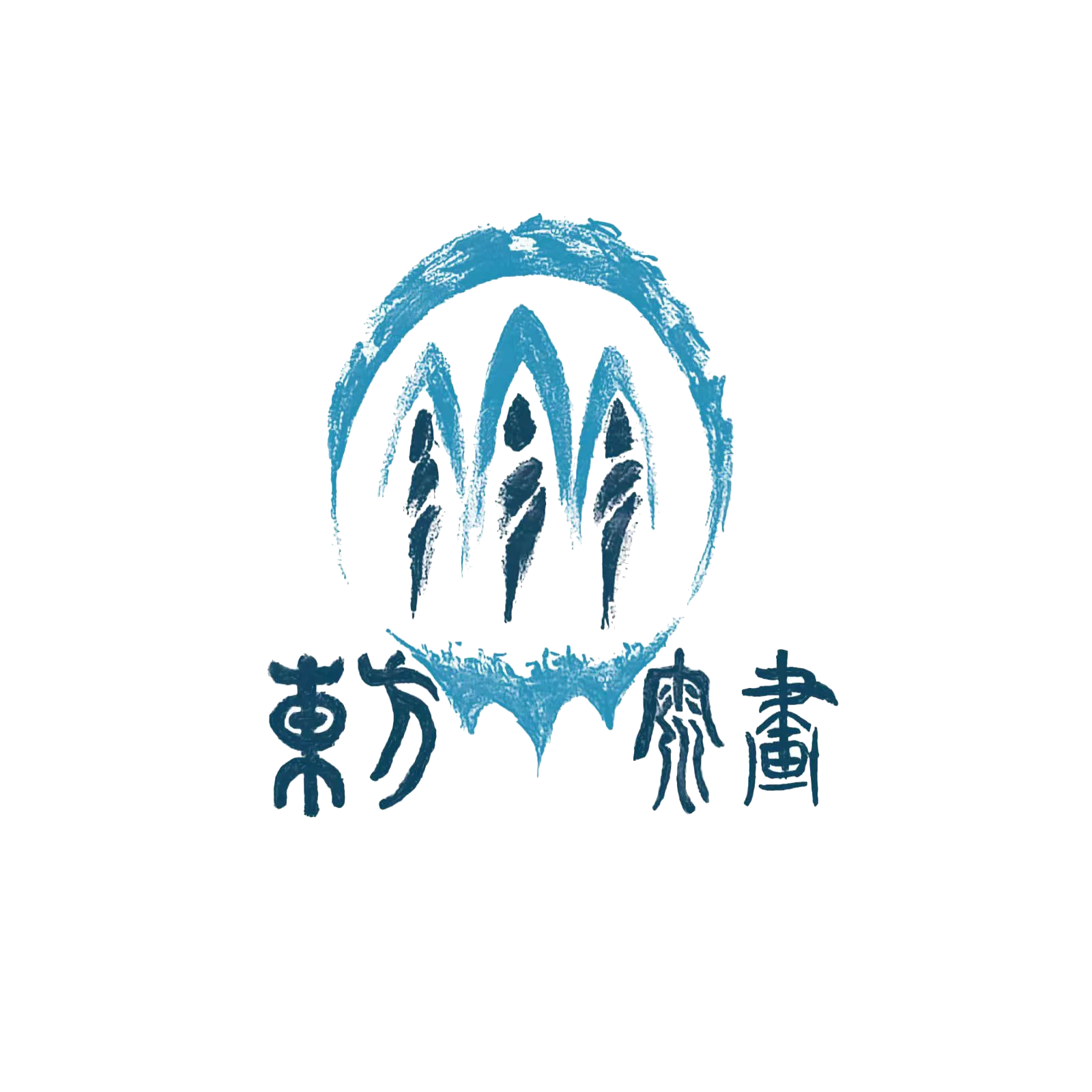Oriental spiritual painting is a form of artistic expression created by Mr. Wu Keyang. The painting style is spiritual and rarefied. With a unique perspective and artistic language, it presents the birth of the universe, the origin of life, and the current awareness and perception of each life. It explores the subtle relationship between all things in the universe and human beings, thereby inducing viewers to return to their innermost thoughts, and is unique in exploring contemporary spiritual aesthetics.
It is not only the pursuit of "vitality and artistic appeal" and the spirit of Eastern culture, but also Mr. Wu's expression of spirituality and in-depth reflection on the ultimate existence of life. As Kant said: " Two things fill the mind with ever new and increasing wonder and awe—the starry heavens above me and the moral law within me."
Western art forms and Eastern cultural consciousness

Mr. Wu uses Western painting art forms to express Eastern thought, culture and consciousness. Just as Carl Gustav Jung used Western philosophical systems (logic) and language to interpret the Eastern Taoist classic "The Secret of the Golden Flower", this exploration is based on the integration of Eastern and Western artistic philosophical views. Before Jung, few Western thinkers explained Eastern philosophy clearly. Jung was the first person to achieve mastery through a comprehensive study of Eastern and Western ideas. This is also the core purpose of Oriental spiritual painting-to use oil painting art that Westerners can understand to present Eastern cultural philosophy and artistic aesthetics. In this regard, Mr. Wu is the first artist to use Western modes of thinking and artistic painting language to express and present traditional Eastern thought and culture. Each stroke, every color, and every shape presents the speculation and beauty of the Eastern traditional culture.
Tao operates naturally, harmony between man and nature
Mr. Wu's paintings are deeply influenced by the ideas of Laozhuang, emphasizing that Tao operates naturally, harmony between man and nature. He blends into nature, coexists with everything, shares the melodies of life, is self-conscious as an artist, and uses Western oil paint to express the essence of Eastern culture. Mr. Wu believes painting in one and one in painting. From one to consciousness, from consciousness to spirit, and from painting to appearance; for example, to draw a stone, one needs to study the nature of things and realize its aura. His view of painting originates from Chuang Tzu's "On the Equality of Things", "All things and words in the world can be regarded equally and there is no need to argue intensely, one just needs to abide by the Tao." as well as Wang Yangming's thought of "Study things to acquire knowledge". Comprehend the origin of all things, feel the ravish of spirituality, and use oil paint to present the charm of dynamic.

Equal vipassana of movement and stillness, vitality and artistic appeal

Mr. Wu's oriental spiritual painting is rooted in the long-standing traditional oriental cultural philosophy, which emphasizes "equal vipassana of movement and stillness" and "vitality and artistic appeal". The movement and stillness of things are relative, movement is stillness, and stillness is movement, just as "The Tao gave birth to One, One gave birth to Two." ("Tao Te Ching"), Two is yin and yang (heaven and earth), "heaven is pure and earth is turbid, heaven is active and earth is calm" ("Sutra of Pure and Calm"). Mr. Wu uses artwork image to present, people can see the source of movement and flowing energy from static pictures, allowing movement and stillness to blend in the picture, showing the aesthetic concept of "equal vipassana of movement and stillness".

Leave a Reply